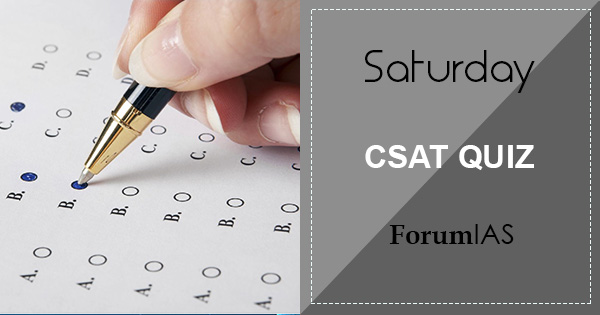[QUESTIONS]
Directions: Read the passage and answer the items that follow. Your answers to these items should be based on the passage only.
When India became independent in 1947 after two centuries of colonial rule, it immediately adopted a firmly democratic political system, with multiple parties, freedom of speech, and extensive political rights. The famines of the British era disappeared, and steady economic growth replaced the economic stagnation of the Raj. The growth of the Indian economy has quickened further over the last three decades and become the second fastest amongst large economies. Despite a recent dip, it is still one of the highest in the world.
Although this growth has been rapid, making it sustainable remains an important, although achievable, goal for India. India’s leading economists argue that the country’s main problems lie in the lack of attention paid to the essential needs of the people, especially of the poor, and often of women. There have been major failures of measures both to foster participatory growth and to make good use of the public resources generated by economic growth to enhance people’s living conditions. There is also a continued inadequacy of social services such as schooling and medical care as well as of physical services such as safe water, electricity, drainage, transportation and sanitation. In the long run, even the feasibility of high economic growth is threatened by the underdevelopment of social and physical infrastructure and the neglect of human capabilities; in contrast with the Asian approach of simultaneous pursuit of economic growth and human development, as pioneered by Japan, South Korea, and China.
In a democratic system, which India has great reason to value, addressing these failures requires not only significant policy rethinking by the government, but also a clearer public understanding of the abysmal extent of social and economic deprivations in the country. The deep inequalities in Indian society tend to constrict public discussion, confining it largely to the lives and concerns of the relatively affluent.
Q.1 After 200 years of British rule, Independent India adopted resolutely itself:
1. To adapt to an egalitarian political system.
2. The single party system
3. Freedom of speech
4. Farreaching political privileges
Select the correct answer using the codes given below
a) 1,2, 3 and 4
b) 2 and 4 only
c) 1, 2 and 3 only
d) 1, 3 and 4 only
Q.2 Which of the following indicates the end of the colonial era of British in India?
1. The disappearance of the continual famines that were striking India.
2. India began to witness growth in her economy.
3. Rank at number two in the list of fastest growing economies in the world.
Select the correct answer using the codes given below.
a) 1 and 2 only
b) 1 only
c) 2 and 3 only
d) All the above
Q.3 Which of the following is/are suggested by the economists to address the problems existing in India?
1. Disregarding of the essential needs of the people.
2. Letdown to boost progress and to make good use of the civic assets.
3. Having sound knowledge concerning the deprivations of humans in India
Select the correct answer using the codes given below.
a) 2 and 3 only
b) 3 only
c) 1 and 3 only
d) 1 and 2 only
Q.4 Vidya is selling apples at 25% cheaper than Shashi and 25% dearer than Vinutha. By how much percentage, Vinutha’s apples are cheaper than Shashi’s?
a) 30%
b) 50%
c) 40%
d) 60%
Q.5 Two friends Kavya and Lakshmi are talking to each other face to face. It is the time of the day before sunset. If Lakshmi’s shadow is exactly to her right, which direction is Kavya facing?
a) East
b) South
c) North
d) West
Q.6 The first and 7th letters of the word INTERCHANGED are interchanged, similarly the 2nd and 8th, 3rd and 9th and so on. What is the 6th letter of the word after interchanging?
a) C
b) E
c) D
d) G
Q.7 A student multiplies a number by 8 instead of dividing it by 8. The answer he got was 192. What should be the answer if he had done the calculation correctly?
a) 2
b) 3
c) 4
d) 1

Leave a Reply